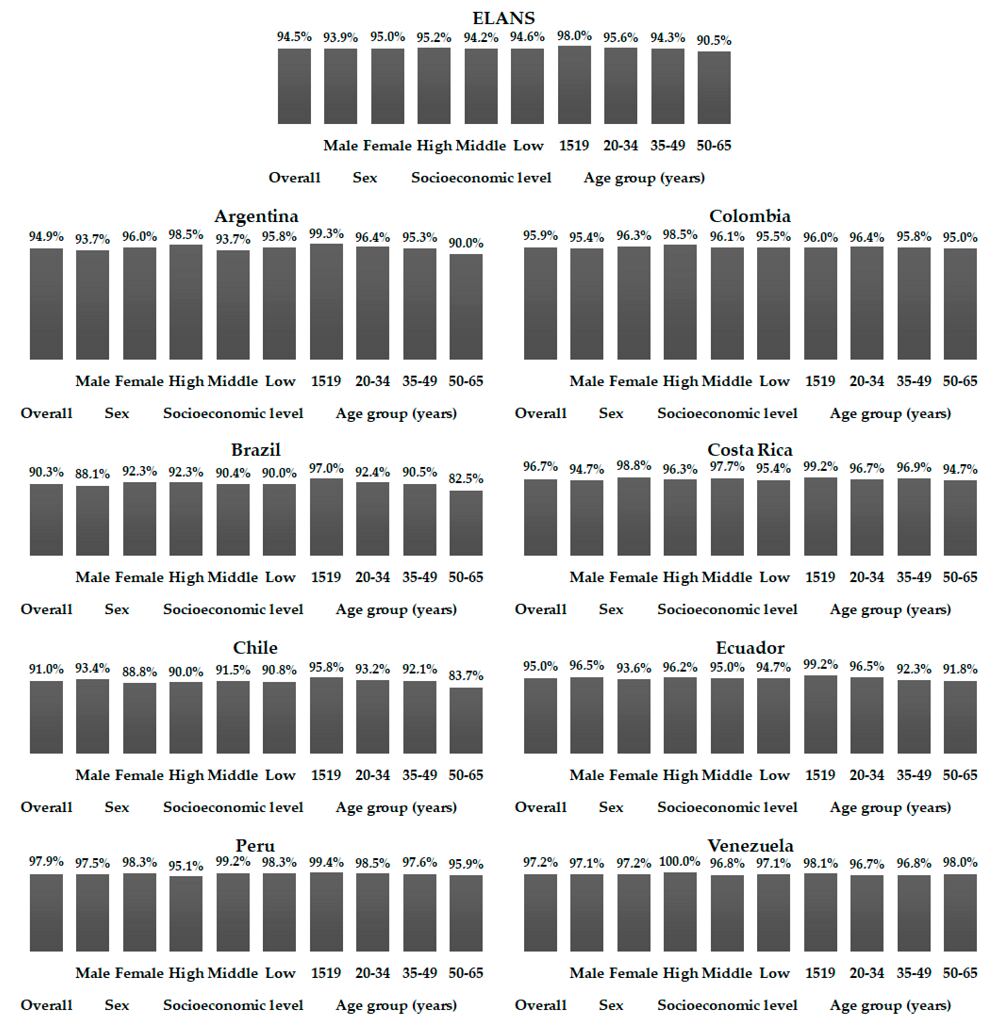Some past research, such as a 2014 study published in Nutrition Research News, indicated that in the majority population comparisons of 13 developed countries estimated dietary sugar intake was either stable or decreasing.
However, a worldwide increase in non-communicable diseases (NCD) and known association of sugar intake with negative health impacts has instigated a global health agenda to create public health policies to reduce added sugar consumption, researchers from the ELANS study pointed out.
More recently, the World Health Organization (WHO) has highlighted the link between consumption of added sugar – defined as sugars naturally present in honey, syrups, and fruit juices and fruit juice concentrates -- and poor dietary quality such as obesity, tooth decay, and other NCDs.
“The reporting of sugar intake can guide adoption of public policies, and it is suggested that this information must be monitored more rigorously, especially in countries whose data from sugar intake are scarce, which includes most Latin American countries,” researchers in the ELANS study stated.
“There is high consumption of total and added sugar intake in the Latin American countries with some peculiarities considering socio-demographic variables, which should be considered in each country’s health intervention proposals,” researchers wrote in the report.
Added sugar intake in Latin America
The ELANS study aimed to assess total added sugar intake in a representative sample (n=9218, aged 15 to 65 years) of urban areas across eight Latin American countries including Brazil, Chile, Colombia, Costa Rica, Ecuador, Peru, and Venezuela.
Trained interviewers visited selected households on two separate occasions. On the first visit, the ELANS’ purpose was explained, and the eligible individuals signed the informed consent/assent form. Interviewees made two visits, each time applying a 24-hour dietary recall of food and beverages consumed the previous day, and anthropomorphic measurements were assessed.
The mean total sugar intake for all countries was 99.4 g/day, which accounted for 20.1% of total energy and contributed to 36.7% of the total carbohydrates consumed. Of total sugar intake, 65.9% (65.5 g/day) came from added sugar.
Comparing countries’ sugar intake in absolute terms (g/day), Argentina, Colombia, and Peru had the highest values of total sugar intake. Brazil and Chile had the lowest values of total sugar intake in absolute terms, and Brazil and Ecuador in relative terms (total sugar intake to energy intake).
Argentina registered the highest added sugar intake in absolute and relative terms among the eight countries whereas Chile and Ecuador which were found to have the lowed added sugar intake in absolute and relative terms, respectively.
“Argentina was shown to be most vulnerable to high sugar intakes, obtaining the highest values (absolute and relative) compared to the other countries assessed in ELANS as well as the US adult population that is known to have markedly high sugars diets,” researchers stated.
“These observations highlight the importance of understanding what is different in Argentina.”

Other factors at play
Factors such as gender, socioeconomic level, and age all play an important role in influencing dietary habits and contribute to a higher sugar intake, researchers pointed out.
The ELANS study found that total and added sugar intakes showed a decrease with the age of participants, more so in absolute terms, with the 15 to 19 year age group showing the highest levels of total and added sugar intake.
"Younger individuals were seen to be more vulnerable to higher total and added sugars intake, whose consumption decreased over their lifespan. This can be explained by their immaturity in the choice of their foods, and largely by influence of advertisements," the study's researchers added.
In general, men consumed larger amounts of total and added sugar in absolute terms, a finding that was consistent among the countries. However, in relative terms, women showed had the highest values in all countries with respect to total sugar intake and in most countries, the same was true in regards to added sugar intake.
Source: MDPI nutrients
Published online: https://doi.org/10.3390/nu10040389
Total and Added Sugar Intake: Assessment in Eight Latin American Countries
Authors: Mauro Fisberg, et al.
